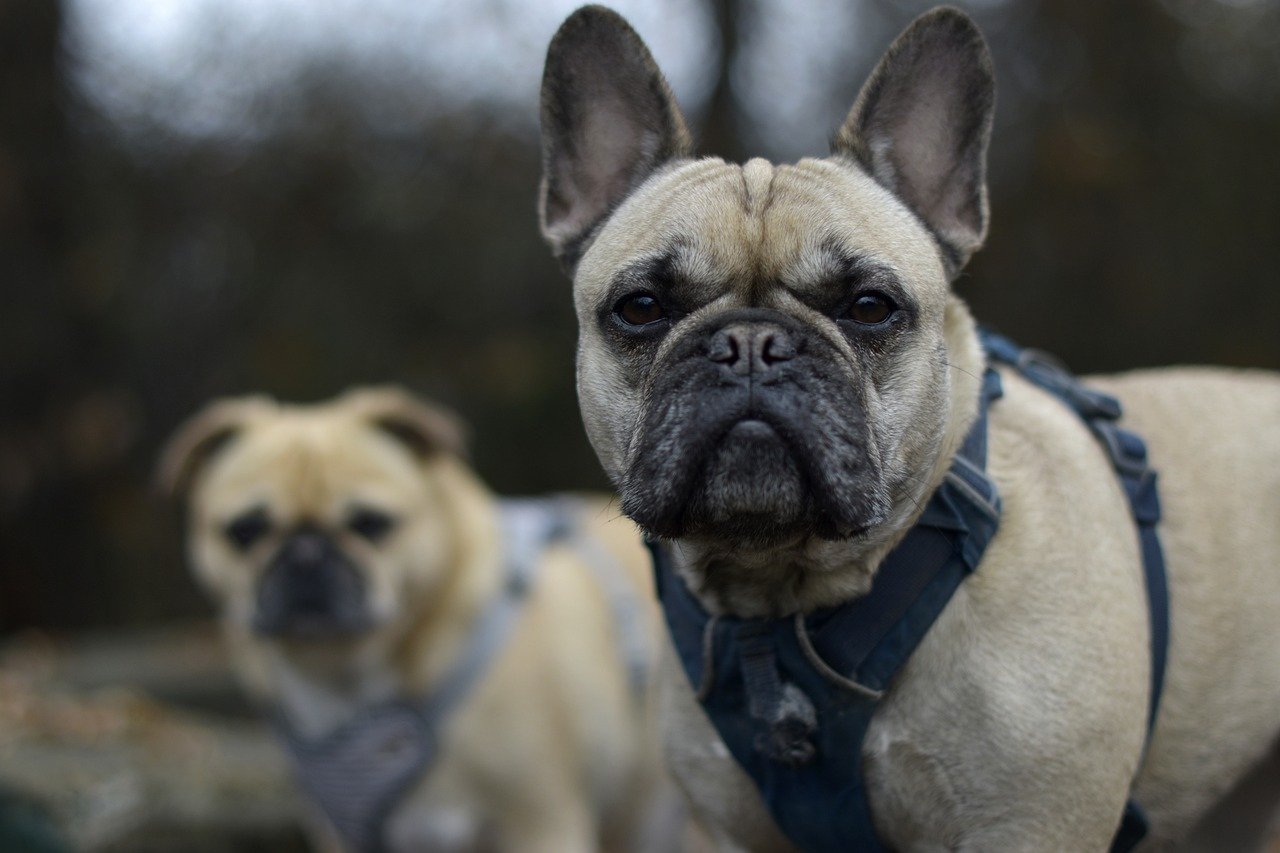In the world of pet care, choosing the right harness for your dog is a task that requires careful consideration. This task may seem daunting, but it doesn’t have to be. With proper knowledge and understanding, selecting the best fitting, most comfortable, and most effective harness for your dog can be a simple process. Harnesses are essential tools for managing, controlling, and training your pet. How your harness fits and operates can significantly affect your dog’s behavior, safety, and overall well-being.
Understanding The Types Of Dog Harnesses
Before you can make an informed decision on the right harness for your dog, you need to understand the different types of dog harnesses available in the market. The type of harness you choose should depend on your dog’s size, training needs, and behavior. It’s also crucial to consider the purpose of the harness. Whether you’re training your pet, managing pulling behavior, or just going for leisurely walks, there’s a harness designed to meet your specific needs.
A découvrir également : The latest trends in pet technology
The most common types of dog harnesses include the back-clip harness, front-clip (or no-pull) harness, and the dual-clip harness. The back-clip harness is ideal for well-behaved dogs that don’t pull on the leash. On the other hand, the front-clip or no-pull harness is designed to give you more control and help discourage pulling. The dual-clip harness offers the best of both worlds, allowing you to switch between front and back leash attachment.
How To Measure Your Dog For A Harness
The next step in choosing the right harness for your dog is to take accurate measurements. A well-fitting harness ensures that your pet has better mobility and comfort and that the harness functions as intended. The most critical measurements you will need are your dog’s neck and chest sizes.
A lire aussi : Caring for your pet during winter: essential tips
To measure your dog’s neck size, use a soft tape measure and wrap it around the base of your dog’s neck, where the collar normally sits. For the chest measurement, wrap the tape measure around the widest part of your dog’s chest, typically right behind the front legs. Always provide a little bit of slack for comfort. These measurements will guide you in picking the right harness size for your dog, ensuring a snug yet comfortable fit.
Analyzing Your Dog’s Behavior
The behavior of your dog plays a significant role in determining the right harness. If your dog tends to pull during walks, a front-clip or dual-clip harness may be your best option. These types of harnesses provide more control and discourage pulling. For dogs that are still in training or those that have a tendency to jump, a harness with a handle on the back can offer an extra level of control.
Remember, a harness isn’t a miracle solution for behavior issues. It’s a tool to be used in conjunction with proper training practices. So while the right harness can aid in reducing pulling or jumping, it should be accompanied by appropriate training techniques.
Selecting The Right Material And Design
Finally, when choosing the right harness, pay careful attention to the material and design. The material should be durable and comfortable. Look for harnesses made of high-quality nylon or leather, with padding in the areas that come into contact with your dog’s skin. Avoid materials that can cause irritation or discomfort.
The design should be easy to put on and take off your dog. It should also have adjustable straps to ensure a proper fit. Reflective materials or designs can provide an extra layer of safety for walks during dawn or dusk.
Choosing the right harness for your dog is a critical decision that can greatly impact your dog’s comfort and behavior. By understanding the types of harnesses, taking accurate measurements, analyzing your dog’s behavior, and selecting the right material and design, you can ensure that you’re making the best choice for your furry friend.
Considering Your Dog’s Size and Breed
The size and breed of your dog are also factors to consider when selecting the right harness. Different breeds have different physical characteristics and temperaments that can influence the type of harness that will work best. Some harnesses are specifically tailored to certain breeds or sizes of dogs, taking into account their unique needs and characteristics.
For example, small dogs often benefit from a back-clip harness, which is generally more comfortable and less restrictive for them. On the other hand, large breeds or those with a strong pull might better benefit from a front-clip or dual-clip harness that offers more control.
Furthermore, some breeds have specific issues that a harness can help address. For instance, brachycephalic breeds like bulldogs or pugs, often struggle with breathing issues due to their short noses and compressed airways. A harness is more suitable for these breeds as it avoids putting pressure on their necks and allows for easier breathing.
Similarly, breeds known for their agility and speed, such as greyhounds, may require a harness with a different design to prevent them from slipping out during walks or runs. Harnesses for these dogs often have a special sighthound design, which is more fitted around the chest and less likely to allow the dog to slip free.
Ensuring the Harness is Comfortable for Your Pet
Comfort is key in selecting a harness for your dog. No matter how effective a harness might be in controlling your dog’s behavior, if it’s uncomfortable, your dog will likely resist wearing it. Therefore, make sure the harness you choose has a comfortable fit and is made of soft, breathable material.
Check for any signs of discomfort in your pet after using the harness, such as chafing or irritation. If your dog is frequently scratching or appears to be in discomfort, you may need to adjust the fit, or switch to a different style or material.
Remember, your dog’s comfort is just as important, if not more so, than the other factors. A comfortable dog will be happier and more cooperative during walks or training sessions, making the experience more enjoyable for both of you.
Conclusion
Choosing the right harness for your dog is crucial for their comfort, safety, and overall behavior management. It might seem overwhelming at first, but by considering your dog’s size, breed, behavior, and comfort level, you’ll be able to select a harness that is perfect for your pet. Remember, the right harness isn’t a one-size-fits-all solution and may require some trial and error.
Ultimately, the right harness for your dog is one that meets their individual needs and makes them feel comfortable and secure. So take your time, do your research, and don’t hesitate to ask for professional advice if needed. After all, the comfort and well-being of your furry friend are well worth the effort.
















